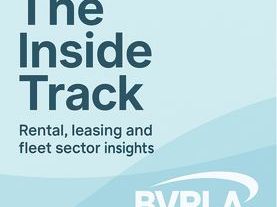The Competition and Markets Authority (CMA) has published an initial update on the Road Fuel Market Study, which was launched in July. The study follows on from an urgent review that had been commissioned by the government to look at whether the cut in fuel duty, announced in March 2022, had been passed on to consumers.
Unlike the urgent review in July, a Market Study allows the CMA to use compulsory information-gathering powers to probe the entire market. Since launching the study, the CMA has secured information, including company level financial data, from retailers, refiners and wholesalers. The CMA has also conducted in-depth analysis of fuel prices over the last five years, rather than just the one year covered by the urgent review.
The CMA has recently published some emerging analysis from that study. It shows:
-
2022 is the most volatile year for fuel prices since reliable records began. Prices rose by around 50p a litre from January to July, the largest leap in fuel prices ever recorded in one year, before falling by 31p for petrol and 14p for diesel since.
-
The gap between diesel and petrol prices has become larger than ever reliably recorded. Diesel now costs 24p more per litre than petrol. This is largely due to Western Europe’s reliance on imports of diesel, but not petrol, from Russia.
-
Prices vary widely between local areas. The CMA looked into what may be causing high prices in certain areas and found that prices are likely to be higher at petrol stations where there are few (or no) competitors nearby – and particularly where there is no local supermarket petrol station. The CMA will investigate this further.
-
Annual retailer fuel margins are increasing, but the causes are not yet clear. Between 2017 and 2021, the difference between the price retailers paid for fuel and the pump price (the “fuel margin”) rose by the equivalent of 2-3p a litre on diesel and 3-4p a litre on petrol. This could be accounted for by other cost rises for retailers or weaker competition on fuel. The CMA will investigate further.
More information on the analysis from Road Fuel Market Study on the GOV.UK website




